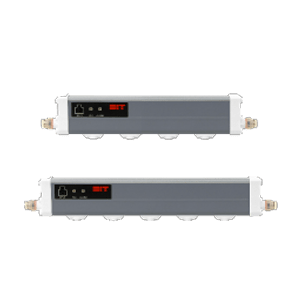What is ESD Protection & ESD Safe Consumables and What Does it Mean?
ESD protection is the process of protecting delicate electronic components and devices from electrostatic discharge’s potentially harmful effects. You must be aware of the potential impacts of ESD events wherever you come into direct physical contact with electronics, circuitry, and other high-tech assemblies.
There are many aspects to covering all the fundamentals of ESD protection & ESD Safe Consumables. These are some: Environmental factors ESD-safe clothing and workwear, ESD protection training, and approved component handling techniques are all ESD control products.
What Exactly is ESD Safe Consumables?
Because ESD control is far more critical in some scenarios and environments than others, different people have different ideas of what it means to be ESD Safe Consumables in different situations. ESD safety, on the other hand, generally refers to the fact that every reasonable precaution has been taken to reduce the likelihood of an electrostatic discharge occurring.
- Anti-static Wrist Bands: Anti-static wrist straps or bands, also known as ESD wrist straps, function similarly to static grounding clamps, but instead of connecting the user to the electrical device being worked on, they connect the user to the ground. The effect is pretty much the same. It gives any latent static charge that has built up through the wearer’s movements a path of least resistance. The risk of the static electricity arcing from the operator to the component they are touching is minimized by this, which allows the static electricity to safely discharge to the ground.
- ESD Safe Gloves: ESD-safe Gloves In the majority of clean rooms and electrostatic control situations, anti-static gloves for electronics, also known as ESD Safe Consumables gloves, must be worn. They make handling items and components like PCBs, motherboards, and backplanes much safer by eliminating the possibility of a sudden static discharge to sensitive components. They are commonly produced using materials, for example, static-dissipative polyester, and will assist with further developing hold as well as safeguarding hardware and gadgets from the normal oils in our skin. A latex finger cot, which provides the same level of protection as a full glove but leaves the palm and back of the hand exposed for improved overall hand mobility and dexterity, is a less intrusive alternative.
- ESD Safe Clothing: ESD-safe clothing is typically worn in the form of aprons, overcoats, lowers, and caps made of polyester and 4% conductive fibers arranged in a square grid. Additionally, the fabric is compatible with clean rooms.
- Anti-static Bags or Shielding Bags: Anti-Static/Shielding Bags Electronics that are susceptible to ESD can be stored in anti-static bags. Components like graphics cards and motherboards, as well as any device with a PCB, typically arrive in an anti-static bag.
PET and Metallized anti-static bags are the two varieties available:
- Metalized anti-static bags: Silver is typically used for the metalized versions, which include a dielectric plastic layer and a conductive metallic framework. Similar to how the basic Faraday Cage functions in principle, this contributes to the dissipation of ESD around the bag’s outer surface.
- PET anti-static bags: PET forms are normally pink and forestall the development of their own electricity produced via friction by means of a dissipative covering. However, they are unable to shield their contents from external ESD events because they lack the conductivity of metallic anti-static bags.





